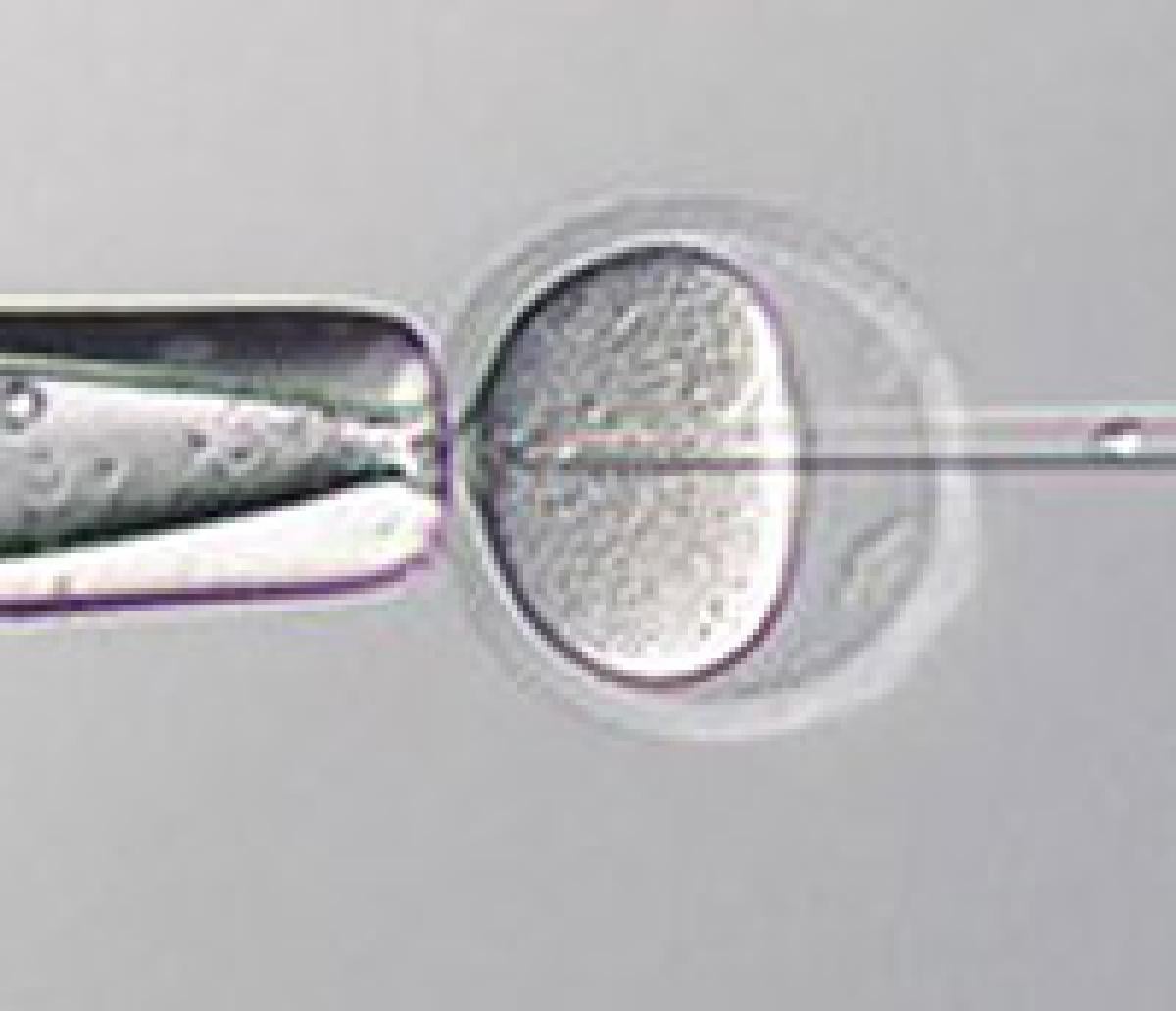Nuclear Transfers for the Uptown Bus

Scientists found that they could make clones through a process called nuclear transfer. Nuclear transfer uses the technology that puts a sperm into an egg for artificial fertilization, but takes it a step further.
Almost all cells have a nucleus. A nucleus is where the DNA or genetic blueprint for life is located inside the cell. When you remove the nucleus, it is called enucleation. Pronounced: E' - new - klee - a - shun. Removing the nucleus requires the use of a small needle that is inserted into the cell. The needle sucks the nucleus out of the cell. The same process is performed on another cell. The nuclei can be switched then. The cells recover from the needle wound and start working again.
Credits: Image from Mizutani, E. et al. Generation of cloned mice and nuclear transfer embryonic stem cell lines from urine-derived cells. Sci. Rep. 6, 23808; doi: 10.1038/srep23808 (2016). Retrieved July 2, 2016 from https://www.nature.com/articles/srep23808 Published under Creative Commons BY 4.0 International.
Read more about: Cloning Ewe
Bibliographic details:
- Article: Nuclear Transfers
- Author(s): Dr. Biology
- Publisher: Arizona State University School of Life Sciences Ask A Biologist
- Site name: ASU - Ask A Biologist
- Date published: 29 Sep, 2009
- Date accessed:
- Link: https://askabiologist.asu.edu/content/nuclear-transfers
APA Style
Dr. Biology. (Tue, 09/29/2009 - 22:08). Nuclear Transfers. ASU - Ask A Biologist. Retrieved from https://askabiologist.asu.edu/content/nuclear-transfers
Chicago Manual of Style
Dr. Biology. "Nuclear Transfers". ASU - Ask A Biologist. 29 Sep 2009. https://askabiologist.asu.edu/content/nuclear-transfers
Dr. Biology. "Nuclear Transfers". ASU - Ask A Biologist. 29 Sep 2009. ASU - Ask A Biologist, Web. https://askabiologist.asu.edu/content/nuclear-transfers
MLA 2017 Style

Pipette holding egg (left) while nucleus is removed from the cell using a fine needle (right).
Be Part of
Ask A Biologist
By volunteering, or simply sending us feedback on the site. Scientists, teachers, writers, illustrators, and translators are all important to the program. If you are interested in helping with the website we have a Volunteers page to get the process started.

